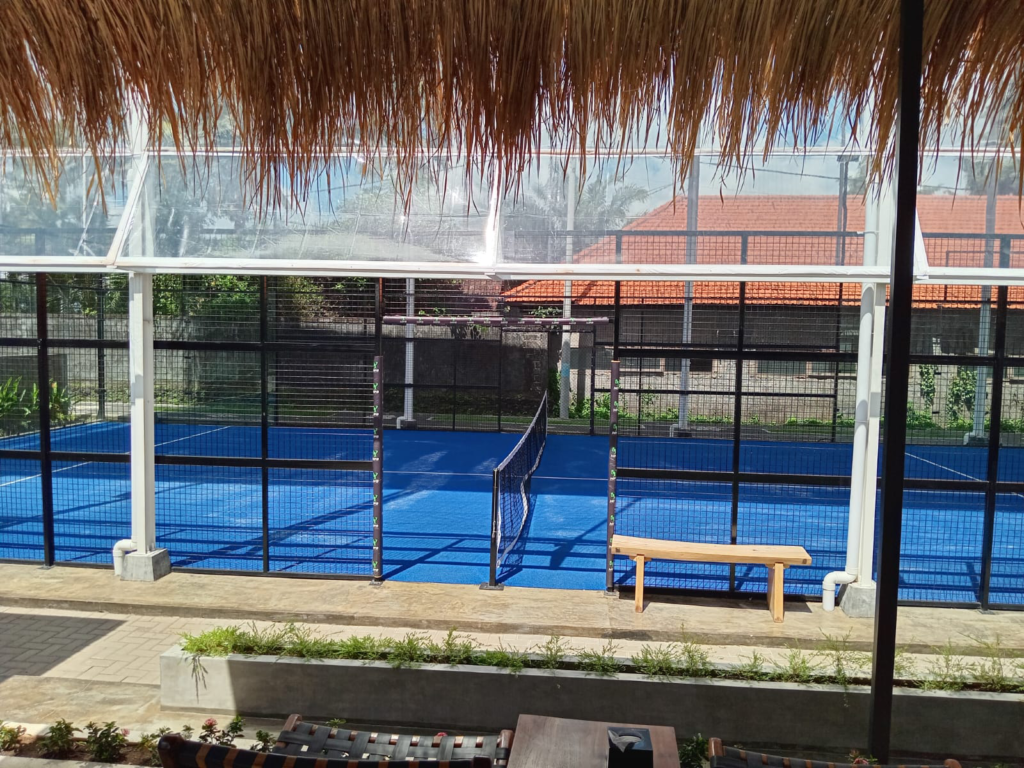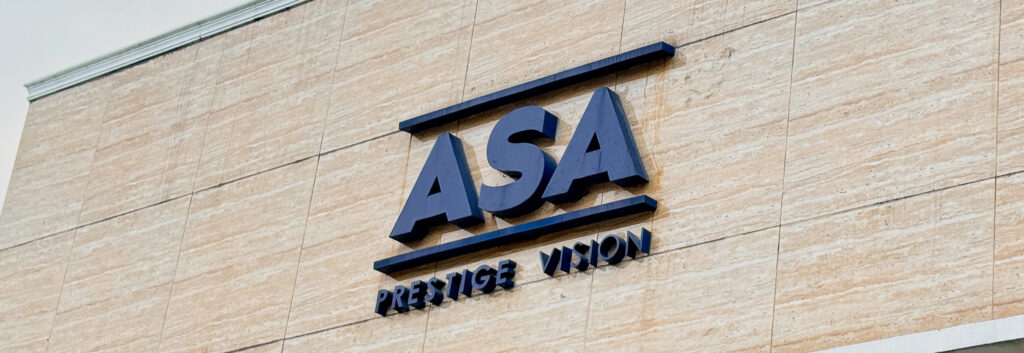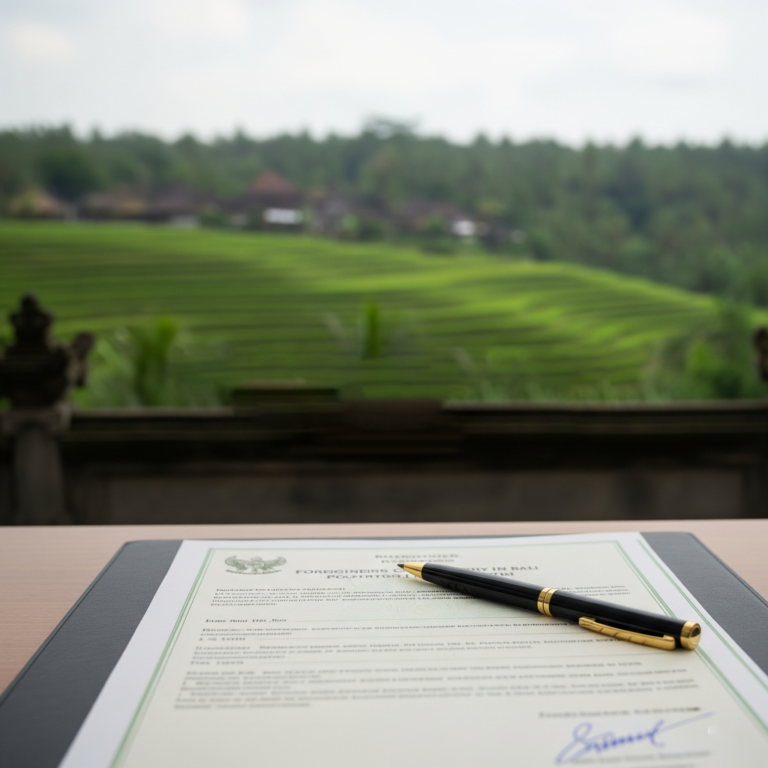Bali, a name synonymous with paradise, spiritual tranquility, and an ever-evolving tourist landscape, is now emerging as a prime location for the next big sports phenomenon: padel. This dynamic racket sport is sweeping the globe, and its unique blend of tennis and squash makes it incredibly appealing to a diverse audience, from casual holidaymakers to dedicated sports enthusiasts. If you’re considering a savvy investment in a vibrant market, building a padel court in Bali presents an unparalleled opportunity. This comprehensive guide, brought to you by ASA Group Indonesia, your trusted local padel court builder, will walk you through every crucial consideration to ensure your project’s success.
Why Bali is the Ideal Location for Your Padel Court Investment
Bali, often referred to as the “Island of Gods”, not only has breathtaking sights and contemplation retreats, but also an excellent place for the development of various sports and leisure activities, particularly for padel. The island’s magnetic appeal draws a high demand from tourists year-round, many of whom are actively seeking engaging recreational activities.
For savvy investors, this translates directly into promising investment potential. The combination of a strong tourist influx, a health-conscious expat base, and a rapidly expanding local interest ensures a high utilization rate for well-constructed padel courts. Building a padel court in Bali isn’t just about constructing a sports facility; it’s about tapping into a burgeoning market with significant return on investment opportunities in one of the world’s most sought-after destinations.
Read Also : What is Padel & Why Bali is Becoming its Southeast Asian Hub
Key Considerations Before Starting Your Padel Court Build in Bali
Embarking on a padel court construction project in Bali is a significant undertaking, and there are numerous items to plan precisely for to get right. Below I have outlined what you will need to consider before starting to ensure your investment is sound and your court delivers a premium playing experience.
Location Selection & Land Preparation
Finding the ideal location for your padel court is just as important as the court construction itself. Consider the site accessibility – is it easy for players to get to from popular places such as Canggu, Seminyak or Uluwatu? A site that has good access to road networks as well as good parking availability will significantly increase the use of your court!
Next, think about your space requirements. A typical padel court is 20m x 10m but you’ll need more space for buffer zones, spectators, and your recommended areas (changing rooms, toilet facilities and reception area) making the overall area needed in essentially any commercial endeavour much bigger to accommodate all your requirements! Don’t forget to consider the type of ground; the geotechnical survey in Bali can often be more challenging because of all the different types of geotechnical conditions. You’ve got to also check soil stability, water table levels and risk of subsidence. Not completing this assessment can lead to an expensive headache in the future. Finally, don’t forget about the orientation – a north/south orientation may not be the best sun exposure. South is preferred for less glare into your eyes while playing at peak hours.
Read Also : Indoor vs. Outdoor Padel Courts: Key Differences and Considerations
Local Regulations & Permitting in Bali
Navigating the local bureaucracies is very often the most challenging part of any construction project in Bali. The process you will need to undergo to obtain your IMB (Izin Mendirikan Bangunan) building permit, which is required, is worth knowing the ins and outs of the process and all the requirements in Bali and Indonesia. You should also check the zoning laws to see if the land you chose has legal zoning for sports facilities. The environmental impact assessments (AMDAL/UKL-UPL) may also apply for more extensive projects This is where the role of a local contractor becomes invaluable; our deep understanding of Bali’s regulatory landscape can help you effectively navigate these complex local bureaucracies, saving you time and potential headaches.
Padel Court Specifications & Design
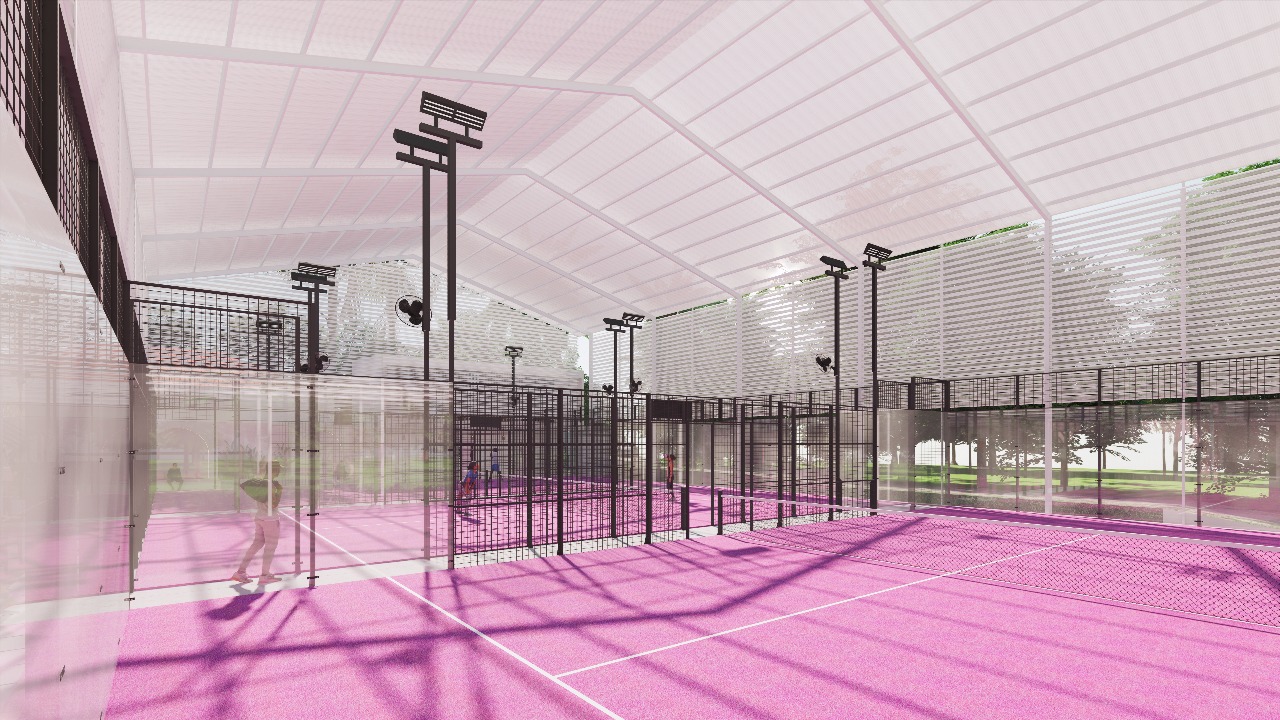
It is very important that your padel court guidelines are specific to ensure the best possible safety and performance for its players. We always recommend International Standards – and particularly from the FIP (Federation of International Padel) to ensure your court follows international benchmark standards. The structure of walls is crucial, typically featuring robust tempered safety glass (10mm or 12mm thick) combined with high-quality galvanized steel mesh that can withstand impacts and Bali’s humid climate.
The playing surface is another key element; you’ll need specific artificial turf for padel court designed for durability and consistent ball bounce, usually fibrillated or monofilament, properly infilled with silica sand. Don’t forget the lighting system; high-quality LED lighting requirements ensure excellent visibility for evening play while being energy-efficient.
Padel Court Materials: Choosing the Best for Bali’s Climate
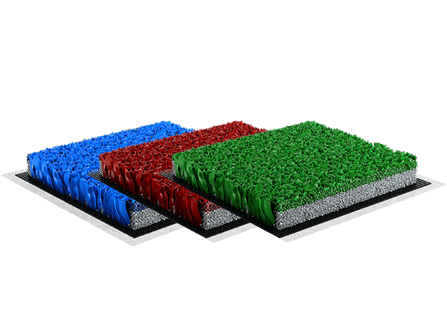
Choosing the right padel court materials is essential, particularly in Bali’s tropical atmosphere. You should choose products with a high level of corrosion resistance such as galvanized steel for their long life against humidity and possible salt air if located in a coastal region. For safety, insist on glass durability with robust tempered glass that meets international standards. Lastly, the turf must be of high quality, which means using artificial grass specifically designed for heavy use and engineered to perform in hot, humid and often rainy conditions common to Bali.
Read Also : Avoid Costly Mistakes: The Risks of Non-Tempered Padel Court Glass
Budgeting & Construction Costs
Understanding the full financial scope of your project is essential for smart investment. Your cost components will include land (if not already owned), base construction, the actual court materials, permitting fees, auxiliary facilities like restrooms or a pro shop, and the lighting system. Don’t forget about the variation of the cost factors depending on the materials you choose, whether you are building one court or multiple courts, and the overall complexity of your design. Be ready for another costs which can include your initial maintenance, unforeseen permits, or minor changes to the site. In the end, a solid budget shouldn’t just be a projection of your total outlay but should take into consideration the opportunity for ROI (return on investment) through court rentals, coaching and/or tournaments, ultimately turning your padel court into your own revenue-generating asset.
Why Choose ASA Group Indonesia as Your Padel Court Contractor in Bali?
When it comes to building a padel court in Bali, selecting the right padel court contractor isn’t just a choice; it’s a critical investment in your project’s success. Here at ASA Group Indonesia, we are not just builders, we’re your dedicated partner, committed to delivering world-class padel facilities. Our local expertise is unparalleled. We possess a deep, intimate understanding of Bali’s unique land conditions, and the intricate local regulatory landscape. This isn’t just theoretical knowledge; it’s insights gained from years of hands-on experience, allowing us to anticipate and mitigate potential issues before they arise, ensuring a smoother construction process.

In addition, we provide comprehensive service that covers every part of the project. From initial consultation and detailed design, navigating the often complex permitting processes, to the actual padel court construction, and even offering ongoing maintenance advice, we’re with you every step of the way. Our integrated approach simplifies the process for you, providing peace of mind.
Finally, our project portfolio does well to speak for itself. We’ve successfully completed numerous padel court construction projects across Bali, they all represent our commitment to quality. Our projects include notable facilities like Solo Padel, Jungle Padel Bali, and Monkey Padel Bali, among others. These showcase our ability to transform visions into high-quality, functional, and aesthetically pleasing padel courts. When you choose ASA Group Indonesia, you’re not just getting a contractor; you’re gaining a partner with a proven track record right here in Bali.
Conclusion
Building a padel court in Bali is a fantastic venture, but as we’ve reviewed, it requires some planning and picking the right partner! From properly selecting your site and understanding the regulatory requirements of Bali to knowing every detail of the padel court specifications and materials, it’s all important. This isn’t just about construction; it’s about creating a durable, high-performance asset that thrives in Bali’s dynamic environment.
Ready to build a padel court that not only meets but exceeds expectations in Bali? Don’t risk your investment. Contact us today for a free consultation! Let’s discuss how to build a padel court that perfectly brings your vision to life, leveraging our local expertise and commitment to excellence.
